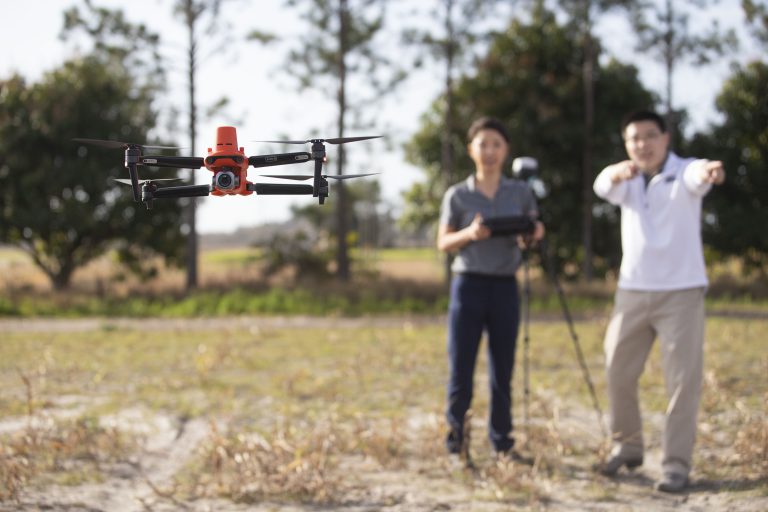By Clint Thompson
A legislative success story this year for the University of Florida Institute of Food and Agricultural Sciences (UF/IFAS) will help pave the way for the future of agriculture.

Rob Gilbert, interim senior vice president at UF/IFAS, discussed the financial backing that was provided to support the new artificial intelligence (AI) center at the Gulf Coast Research and Education Center in Balm, Florida.

“We had a great year in the legislature in terms of general support and specific support for some projects, such as the equine unit and a new dormitory at one of our research centers, but also a new center for applied agriculture and AI at our Gulf Coast Research and Education Center,” Gilbert said. “That is going to be a transformational program that’s going to help our local strawberry and tomato producers but also crops around the state. It’ll do work on precision agriculture, on helping with spot spraying, weed control, pest control, work on robotics and mechanical harvesting, which will help with our labor issues as well.
“It’s the first step in being able to build the center. We’re not ready to break ground yet, but we’re really excited. The vision here is for it to become the Silicon Valley of agriculture.”
UF/IFAS is planning to construct a 19,000-square-foot AI hub at the Gulf Coast Research and Education Center (GCREC) in Balm, Florida, about 25 miles southeast of Tampa. Plans include a state-of-the art research shop, equipped with everything needed to design and build robotic technologies for agriculture. Hillsborough County already pledged $1.5 million to the center.
“We need every tool in the toolbox to help our growers be sustainable. AI hasn’t been used very much to date in the ag sector, so the gains we can make with it are phenomenal going forward,” Gilbert said. “For example, we have huge, applied plant breeding programs at the university. We’ve been very successful in strawberries, tomatoes and corn, but what AI will do is allow us to combine what’s known as the phenomic data or how the crop looks and does in the field with genomic data, the genetics and DNA; put that together and analyze it much quicker than we’re ever able to.
“We’ll be able to accelerate and kickstart our breeding program. Instead of releasing a variety in 10 years, we’ll do it in much less time. That alone will have big dividends for the state.”










